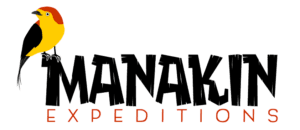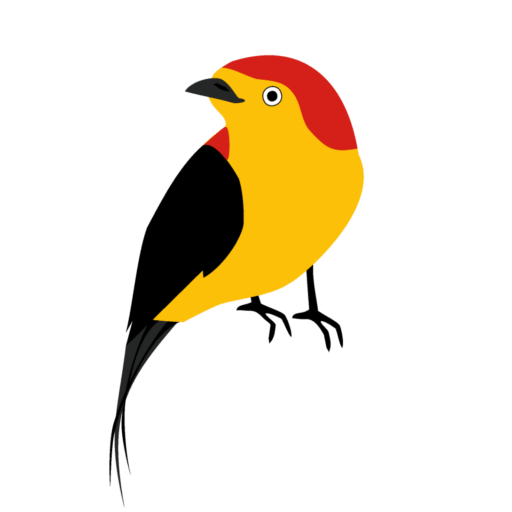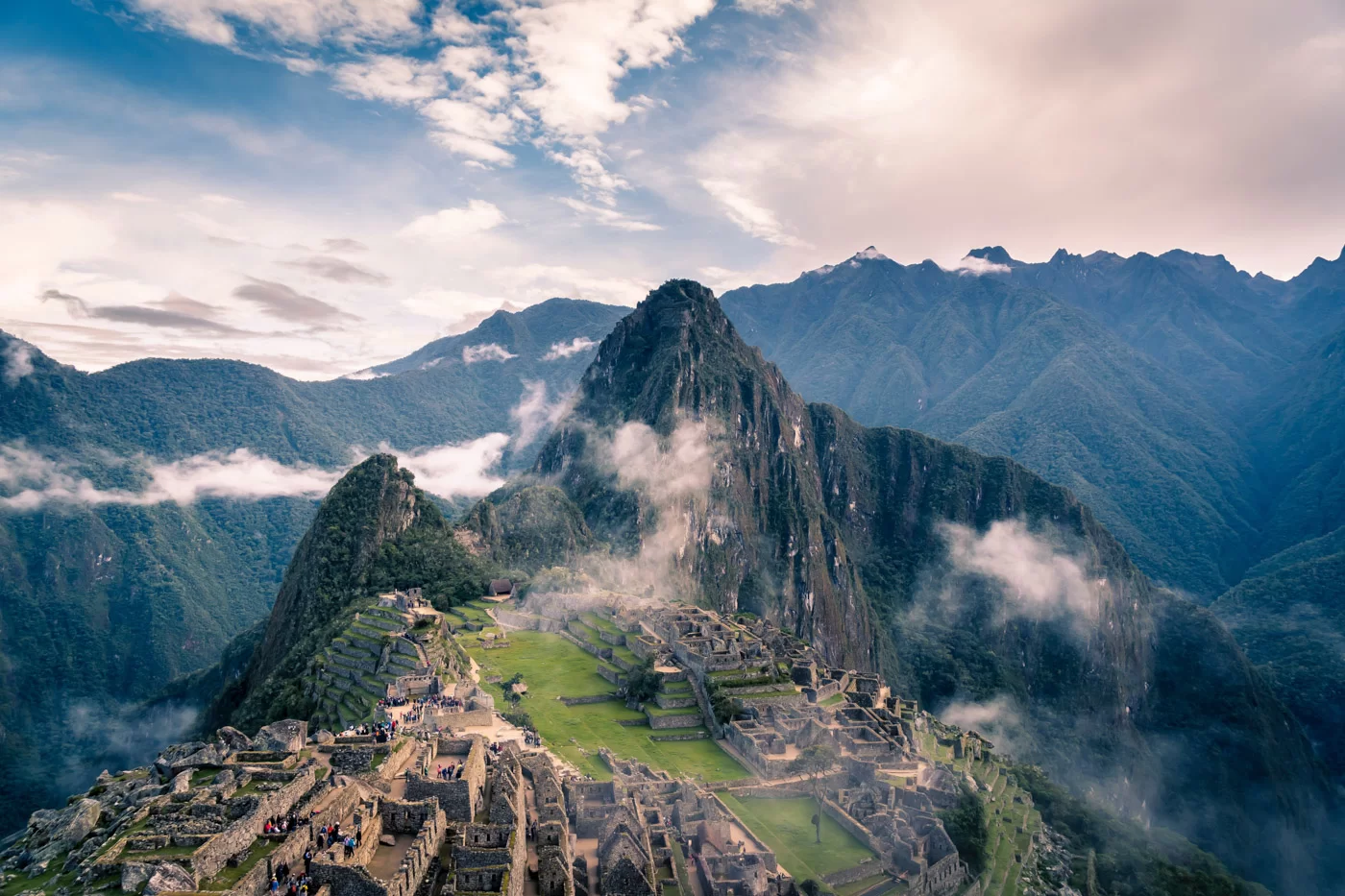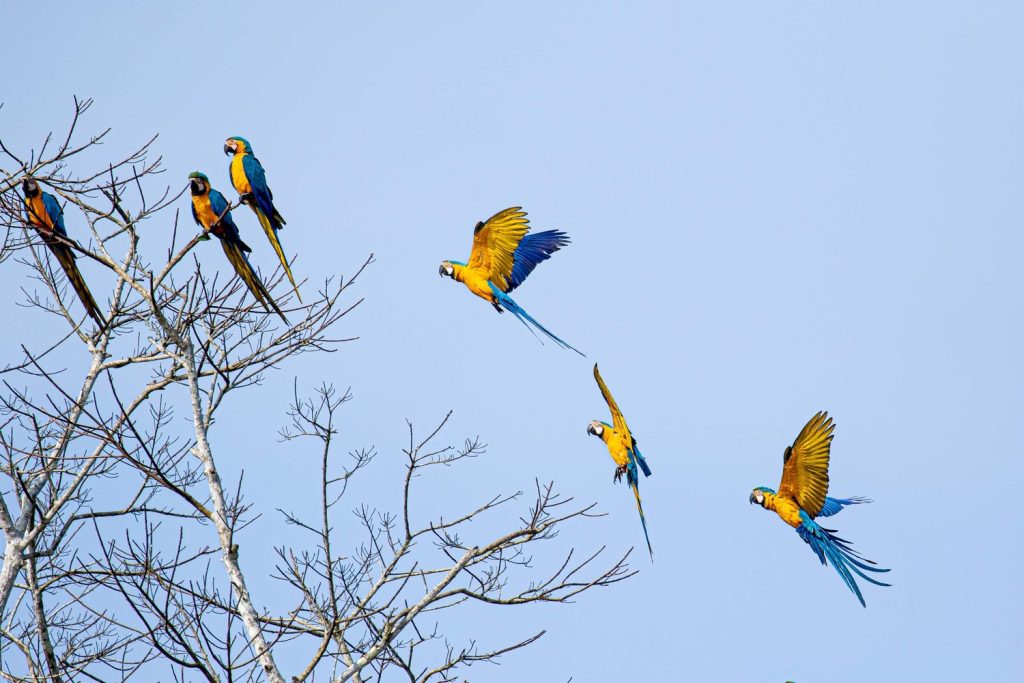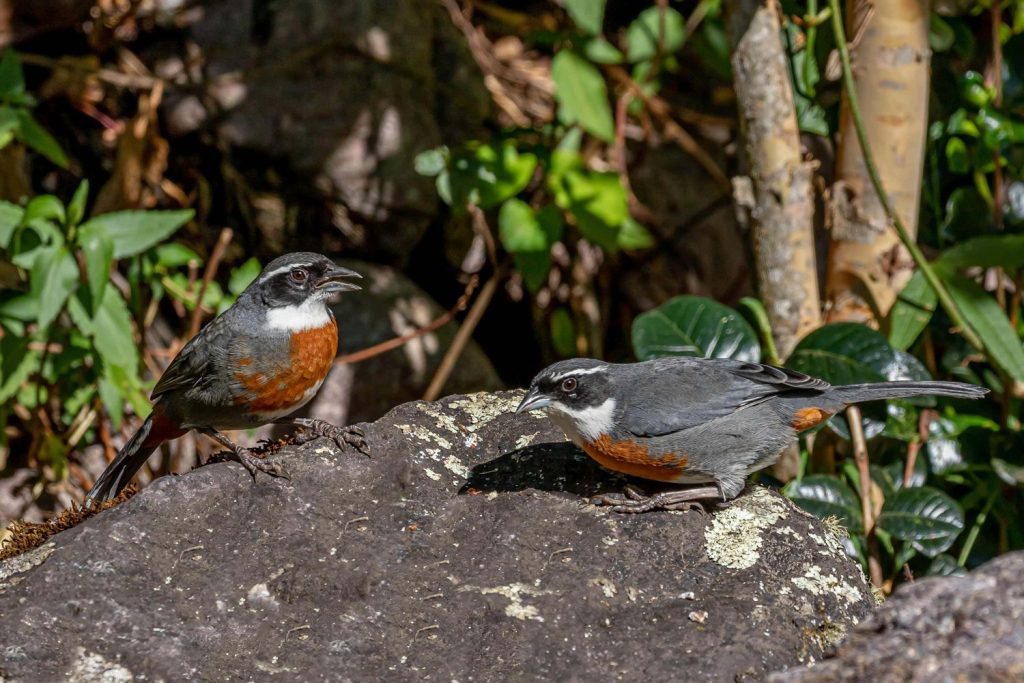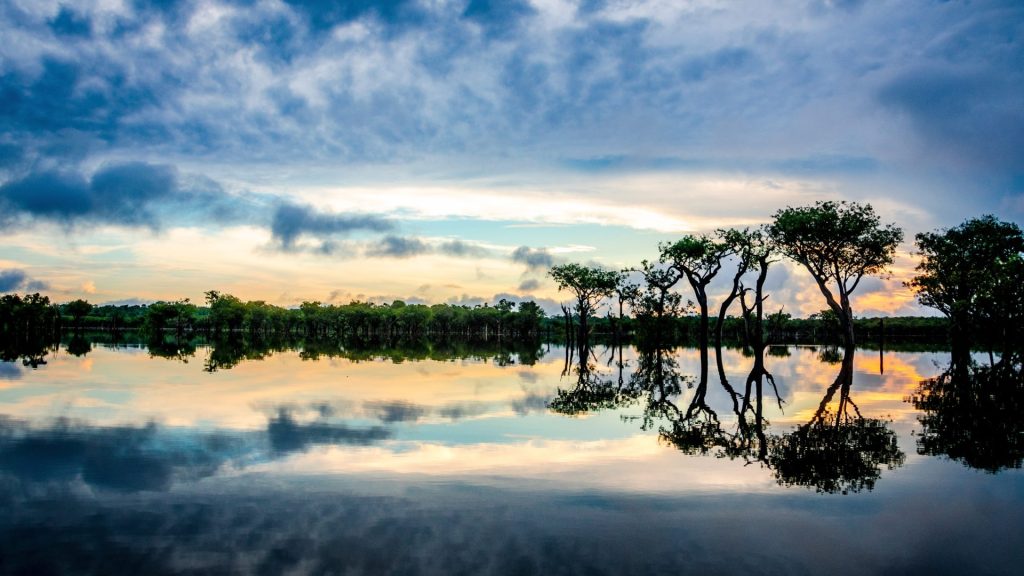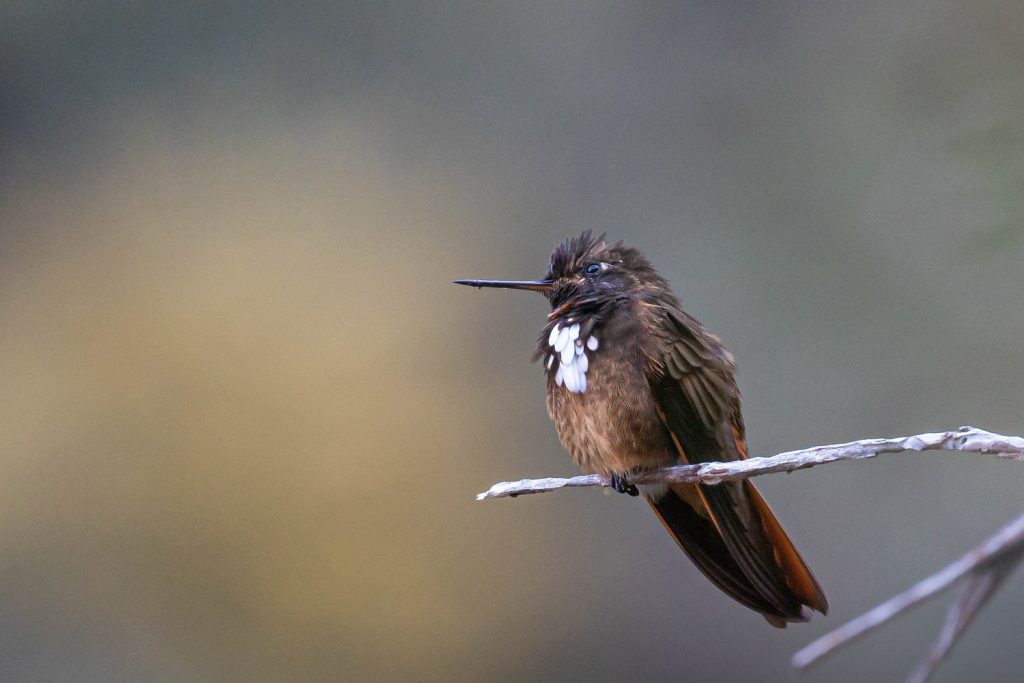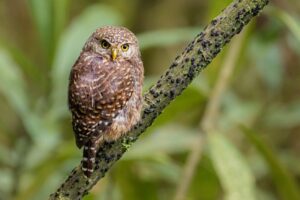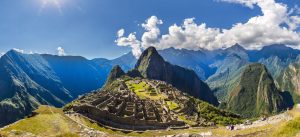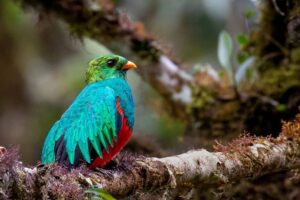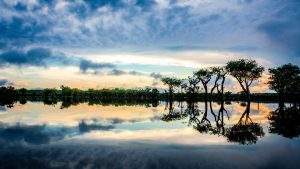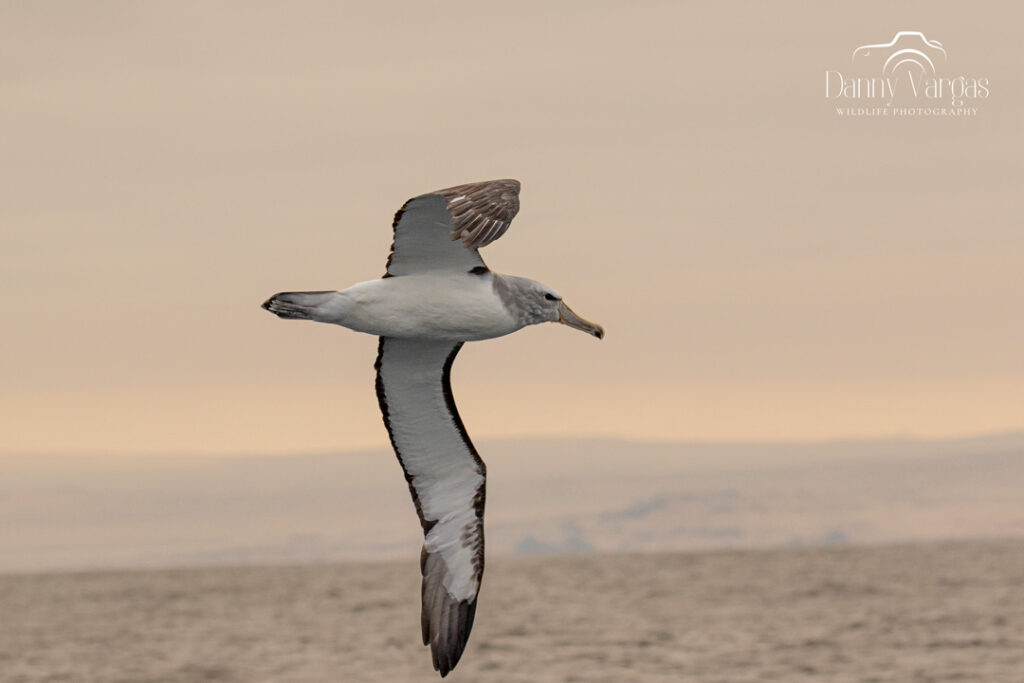I always loved Bird Field guides, those unassuming books filled with illustrations and information; they were my trusty companions at the field and companions of thousands of birders for decades. In my early years in the field I saw how those invaluable tomes helped birders to identify and appreciate the magnificent world of neotropical birds.After reading this article I hope you will enjoy the Field guides for birding in Peru as much as I do, and it will subsequently enhance your birding experience in Peru.
You can always trust a good birding guide, but studying consciously your Bird Field Guides will make the difference in birding, this age-old art of observing and identifying wild birds and a passionate pursuit that transcends borders and generations. Birding isn’t merely a hobby; it’s a lifelong pursuit that offers a unique blend of science, art, and adventure. It’s a means of exploring not just the outdoors, but also the recesses of our own curiosity. Field guides are the compasses that point birders in the right direction, allowing them to decipher the intricate plumages, songs, and behaviors of the avian wonders that flit about in our natural landscapes.
Let me show you through this short article about the Field guides for Birding in Peru and evaluate some of the most important ones. Each book or app with the promise of new discoveries and deeper connections to the bird diversity of Peru and their role in preserving the fragile ecosystems
So, leave your binoculars aside for a while, keep your hiking boots still stored for a short while and let’s embark on a journey through the pages of field Guides for birding in Peru — If you study and love them, I promise they will open your eyes, heart, and enlighten your mind.
A Brief History of Bird Field Guides in the World
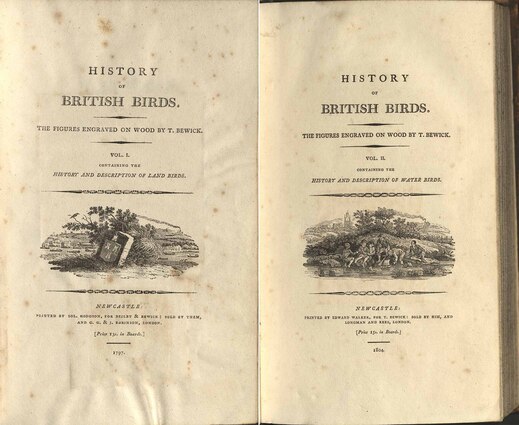
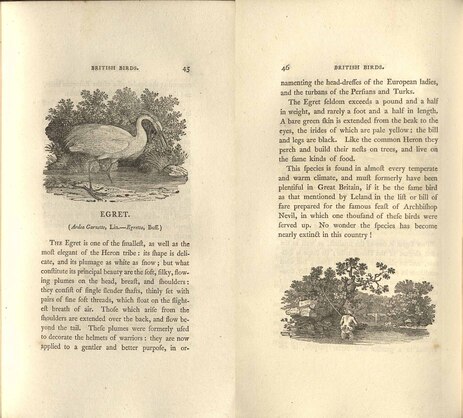
The history of bird field guides is a fascinating journey that takes us back through the annals of time, weaving a narrative that mirrors the evolution of our understanding of the avian world. These guides have come a long way since their inception, adapting and transforming to meet the needs of ever-curious birders and naturalists. Let’s step back in time and explore the rich tapestry of their history.
- The Pioneering Era (Late 19th Century): The roots of bird field guides can be traced back to the late 19th century when there was a growing interest in the natural world. Ornithologists and naturalists began to document and illustrate birds in an attempt to share their knowledge with a wider audience. Early guides, like Florence Merriam’s «Birds through an Opera Glass» (1889) and Frank M. Chapman’s «Handbook of Birds of Eastern North America» (1895), laid the foundation for the field guide genre.
- The Golden Age (20th Century): The early 20th century marked the golden age of bird field guides. This period saw the publication of seminal works such as Roger Tory Peterson’s «A Field Guide to the Birds» (1934). Peterson’s guide was revolutionary for its time, featuring a systematic approach to identification with arrows pointing to key field marks, making it easier for birders to quickly and accurately identify species. His innovative approach set a new standard for field guides and had a profound impact on how we observe and learn about birds.
- Specialization and Globalization (Mid to Late 20th Century): As birding gained popularity worldwide, field guides began to diversify. Regional guides focusing on specific areas or groups of birds emerged, such as David Attenborough’s «The Collins Field Guide to the Birds of South America» (1982) and Kenn Kaufman’s «Lives of North American Birds» (1996). These guides catered to the unique needs of birders exploring particular geographical areas or those interested in specific families or species.
- The Digital Age (21st Century): The advent of the digital age brought about a new era for bird field guides. With the proliferation of smartphones and tablets, birding apps and e-guides became popular, offering a wealth of information and the convenience of portability. These digital resources often include features like audio recordings of bird calls, interactive maps, and real-time updates. Today, bird field guides have transcended the boundaries of traditional printed books. They continue to evolve, incorporating multimedia elements and providing up-to-the-minute information on bird species, distribution, and conservation status.
- The Future of Bird Field Guides: In a world where technology is advancing at a breathtaking pace, the future of bird field guides holds endless possibilities. Virtual reality experiences, augmented reality apps, and advanced artificial intelligence tools are becoming increasingly integrated into the world of birding. These innovations promise to further enrich the birding experience, making it more immersive and accessible than ever before.
As we embark on this journey through the history of bird field guides, we can appreciate the significant role they’ve played in shaping the way we understand and appreciate the avian world. With each page turned and each guide used, we gain a deeper connection to the feathered inhabitants of our planet, and we look forward to what the future holds for this enduring and beloved tradition.
Exploration, documentation and Field Guides in Peru
Peru, a country renowned for its astonishing biodiversity, has long been a hotspot for birdwatching enthusiasts and naturalists. With its diverse range of ecosystems, from the rugged Andes to the lush Amazon rainforest, Peru offers a staggering variety of avian species. As a result, the history of field guides in Peru is a unique narrative that reflects the extraordinary richness of the nation’s birdlife and the efforts of dedicated individuals to document and share their findings.
- Early Exploration and Documentation: The history of field guides in Peru can be traced back to the early 20th century when explorers and naturalists began to venture into the country’s remote regions. Pioneers such as Rollo Beck and J. T. Zimmer were among the first to conduct ornithological expeditions, recording and illustrating the birds they encountered. These early records laid the foundation for future bird field guides.
- Notable Contributions: In the mid-20th century, emblematic ornithologists like Ted Parker and John O’Neill made significant contributions to Peru’s ornithological knowledge. Parker, in particular, was a passionate field biologist known for his work in the Manu Biosphere Reserve. He co-authored «A Guide to the Birds of the Andes» in 1985, a book that was instrumental in helping birders identify species in the Andean region.
- Local Initiatives and Indigenous Knowledge: In recent years, there has been a growing emphasis on involving local communities and indigenous knowledge in bird field guides. Collaborations with indigenous people have led to a deeper understanding of bird behavior, folklore, and traditional ecological knowledge, which enriches our comprehension of Peru’s avifauna.
Today, bird field guides in Peru continue to evolve and diversify. They not only cater to the needs of professional ornithologists and serious birders but also cater to tourists and casual enthusiasts. These guides often showcase Peru’s vibrant culture and biodiversity, helping to promote ecotourism and support local economies.
As we explore the history of field guides in Peru, it becomes evident that they have played an indispensable role in showcasing the country’s avian diversity to the world. They are more than just books; they are windows to a world of stunning birds and a testament to the beauty and value of Peru’s natural treasures. The story of Peru’s field guides is a story of a nation’s commitment to understanding and preserving its extraordinary birdlife, and it continues to inspire birders and conservationists from around the globe.
Field Guides for Birding in Peru
Birds of Peru. Revised and Updated Edition.
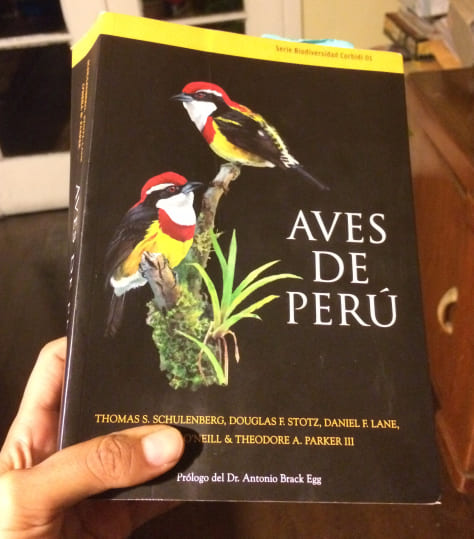
You may find nowadays a robust and beautifully illustrated Book called Birds of Peru, Birds of Peru is the most comprehensible and authoritative field guide to the country. It illustrates and describes every species of bird of Peru’s in a total count of 1,817 bird species in 307 excellent quality color-plates with concise descriptions. Some show distinct plumages, The description and colored maps are located opposite the plates which makes it easier to be used in the field than previous neotropical field guides. This is actually a fully revised paperback edition which includes twenty-five additional species. You can buy this book here.
This Field Guide has virtual options as an app for Android and iOS. I found this app very helpful since it´s integrated in your cell phone and includes Bird calls for almost every species.
- You can buy the Birds of Peru app for Android here.
- You can buy the Birds of Peru app for Android here.
Field Guide to the Birds of Machu Picchu and the Cusco Region, Peru.
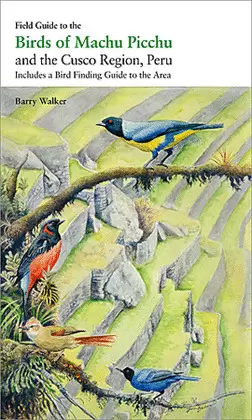
Written by a mentor and friend of mine, Barry Walker, an authority in the Birding industry in the Neotropics. This is a recently new field guide that describes and illustrates the birds recorded in Cusco and Machu Picchu. Barry Walker was born in England but has lived in Cusco (Peru) for more than 30 years and used to run Manu Expeditions, one of the pioneer birding agencies in the country.. The book reflects Barry´s knowledge of Peruvian birds, it’s practically unmatched. This book is invaluable aid to bird identification and also provides key details on habitat, behavior and vocalizations and includes information for bird watching and aid for planning your visit. Illustrations were provided by Lynx and are among the best artists in the world. If you are coming to the southern Andes in Peru and not willing to carry the heavy “Birds of Peru” this book is an excellent option . You can buy this book here.
Peru (Traveller’s Wildlife Guides): Traveller’s Wildlife Guide.
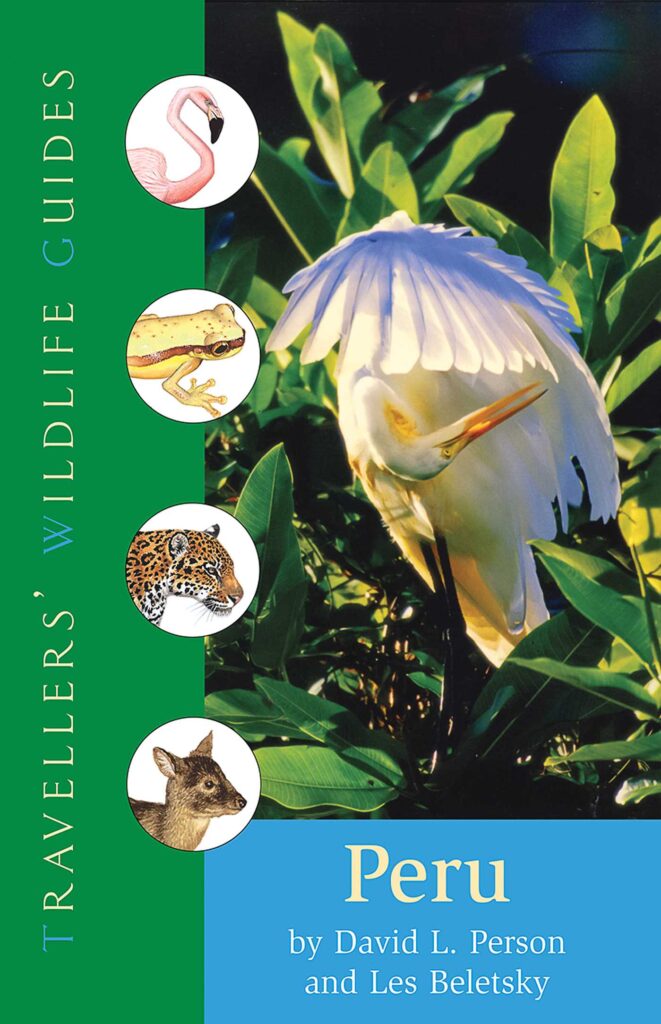
This is not a Birding Field Guide per se, since it´s oriented for travelers who want to experience tropical forests and exotic wildlife. It covers wildlife in general, toucans, parrots, monkeys and anteaters, frogs and toads, crocodiles and snakes, etc. If you are not necessarily a birder or you are willing to go beyond birds in nature, you may find this book interesting for all the information for the animal and plant life since it includes information on Peru’s most frequently seen animals. It presents more than 500 Peru’s most common insects, amphibians, reptiles, birds, and mammals; their ecology, behavior, and conservation of the animals and tips for traveling. It’s not heavy, entertainingly written and beautifully illustrated. You may have it as a constant companion on your journey or as a second field guide in addition to your dedicated birding field guide. You can buy this book here. If you are additionally interested in Birding and Cultural trips you may find interesting this articule here.
Where to Watch Birds in Peru by Thomas Valqui.
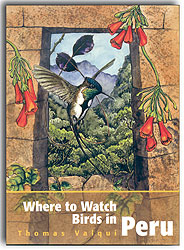
Thomas is an important authority in Peruvian Ornithology and has a great understanding of the avian world in the country. He also led groups for several years. Although this book is a bit outdated because it was written around 20 years ago it’s still a cult book. It’s divided in comprehensible sections which covers the majority of regions of Peru including 150 birding spots and lots of details of logistics, public transportation, lodging and a checklist. It shouldn’t be used now as a definitive guide since most of the conditions in the country had changed already and I would suggest using it as a rough guide for planning your trip. and will give you a great idea about distances, what species to be found and where, extra birding spots, birding tips, etc.
Merlin Bird ID.
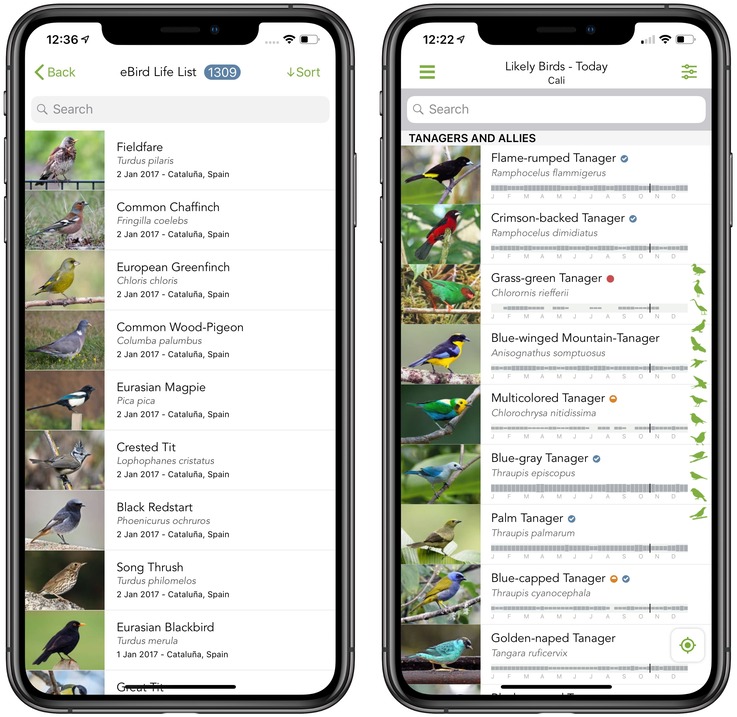
A creation of the Cornell Lab of Ornithology, is a game-changer in the world of birdwatching. Although this free app offers instant bird identification with just a photo or a description it currently does not work well yet in the Tropics. It provides a wealth of information on identified birds, including field marks, range maps, behavior notes, and audio recordings. Merlin also allows users to create customized bird lists and fosters community engagement through citizen science initiatives, making it the future of birding and a powerful tool for both enthusiasts and conservationists. Merlin and eBird help not only to identify birds but also contribute to the understanding, bridging the gap between technology and nature. This free app ensures that the wonders of the avian world remain within reach, promoting a sense of shared purpose and collaboration among birdwatchers worldwide.
- You can dowload Merlin app for free for iOS here.
- You can dowload Merlin app for free for Android here.
If you are interested specifically on the Peruvian Endemics see here.
